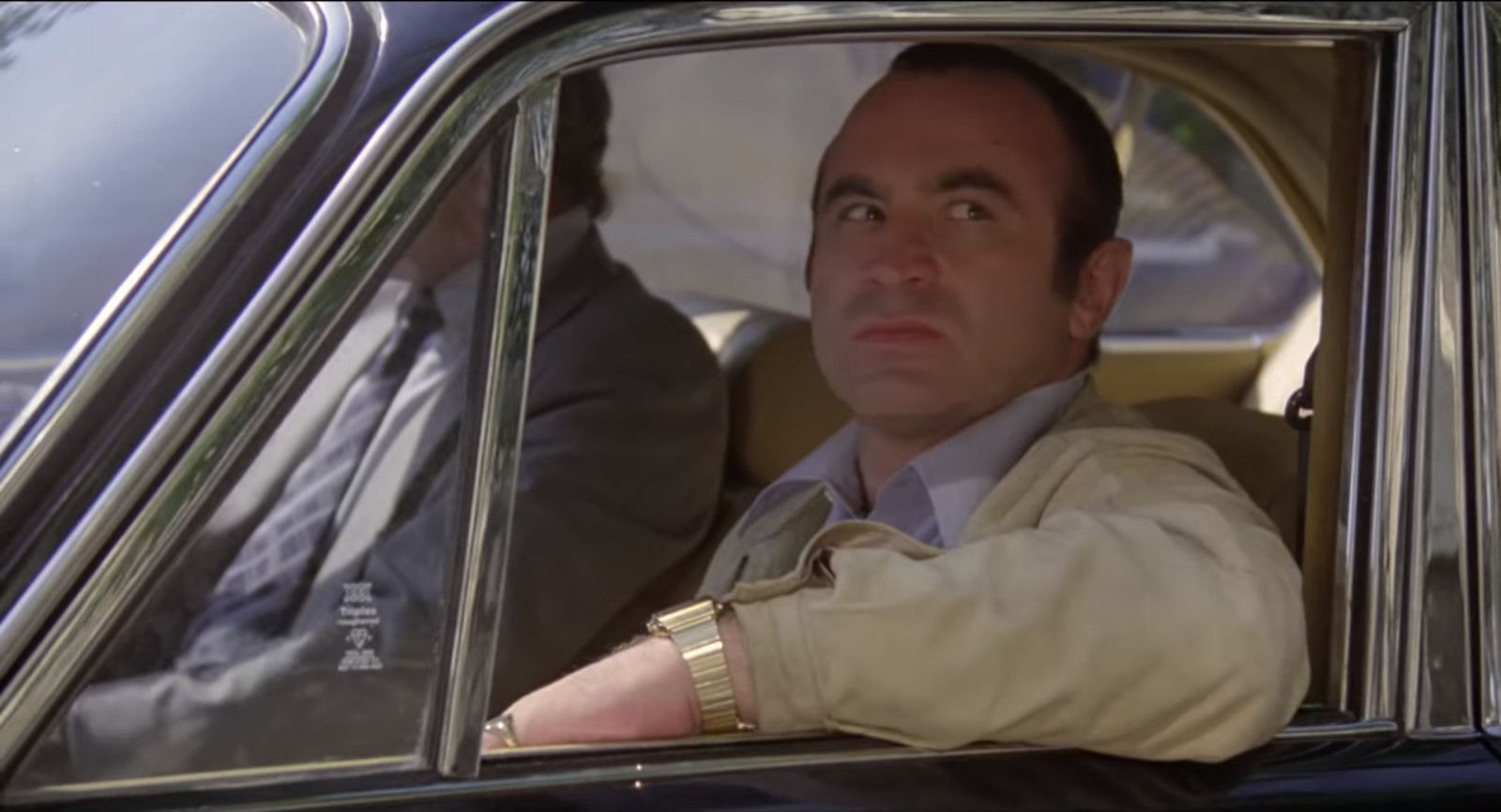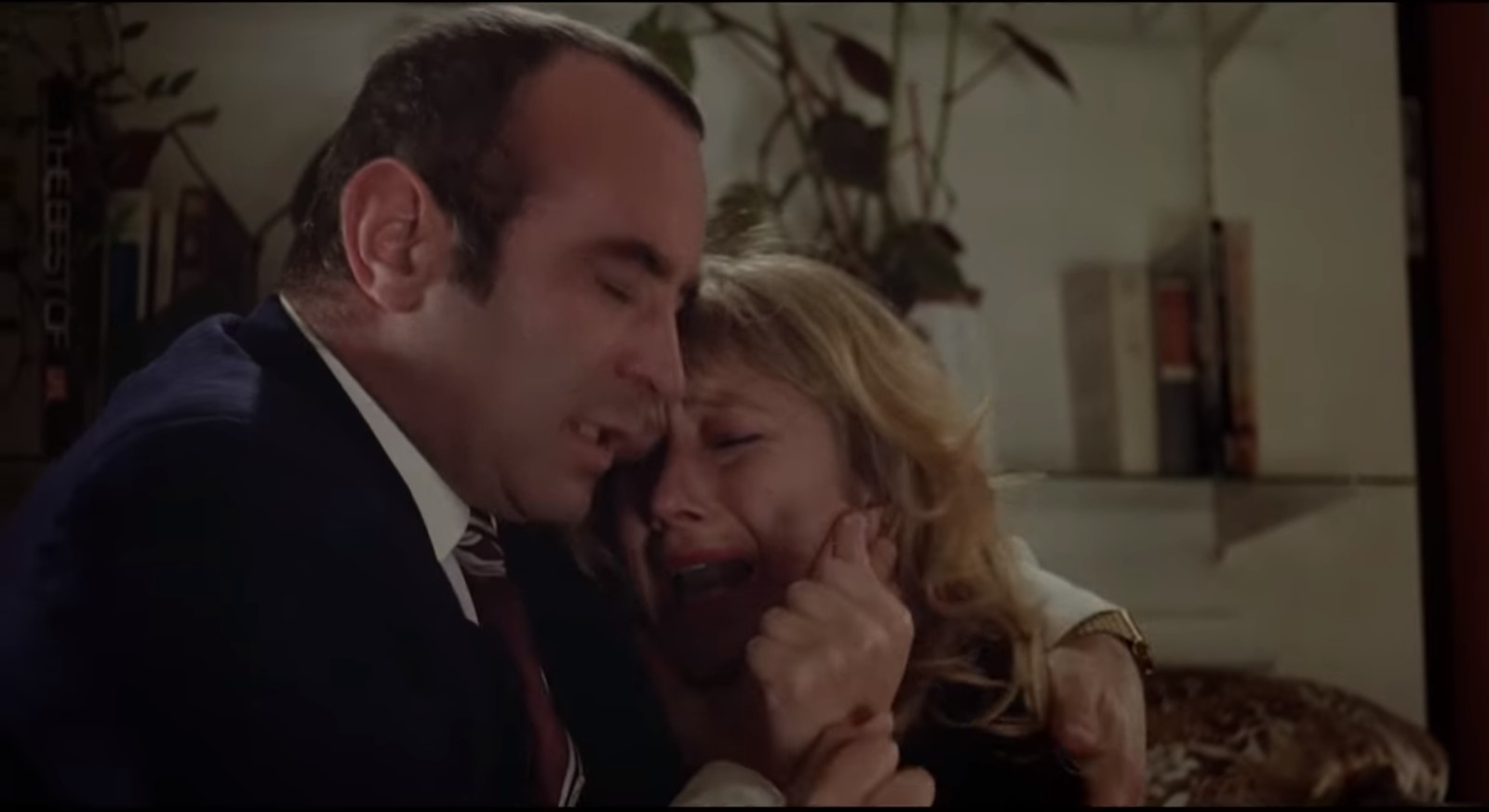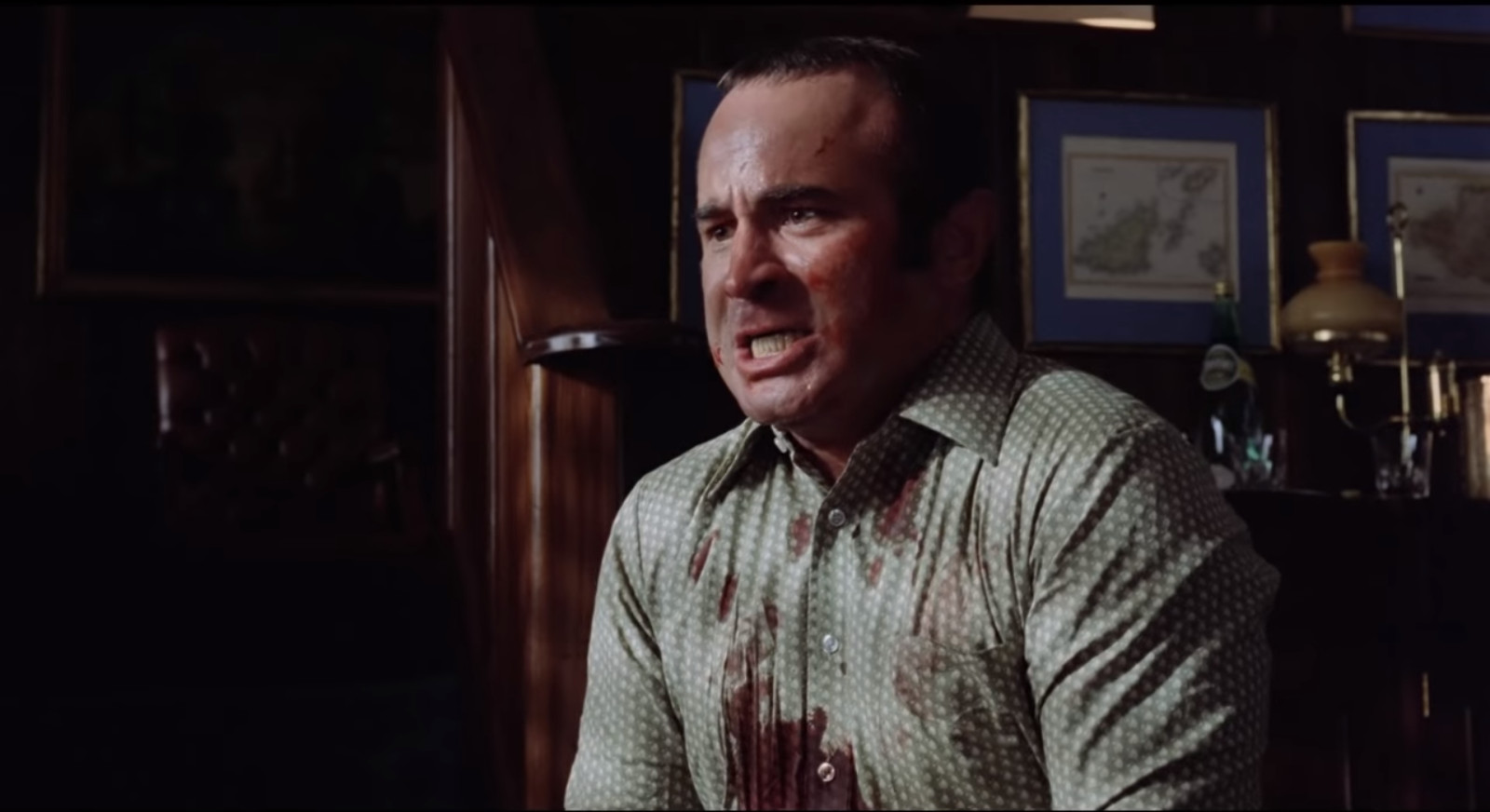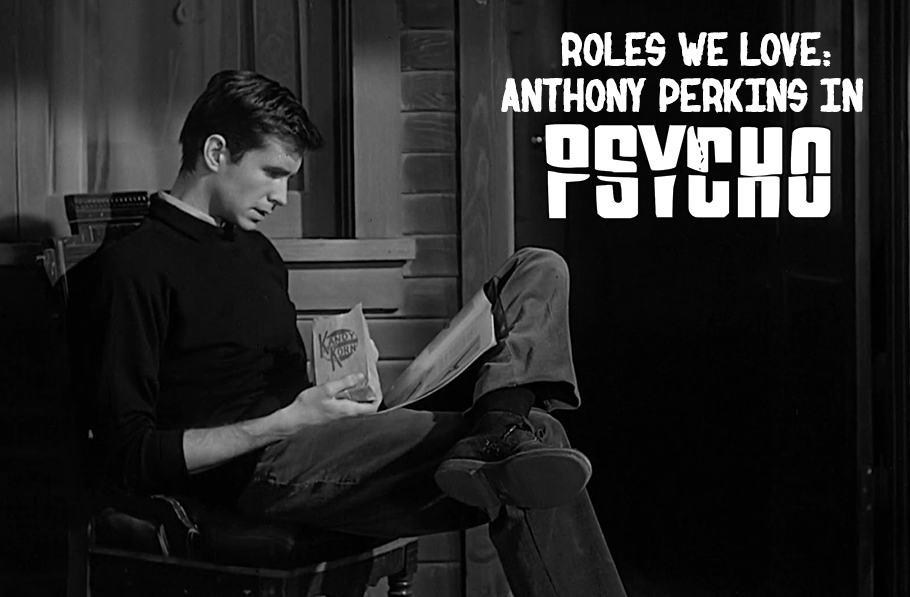 "Is there no decency in this digusting world?"
"Is there no decency in this digusting world?"
Gangster films are plentiful, both good and bad, but I find that even still, with the level of praise it has received since its release, The Long Good Friday still tends to be underrated and not as well known.
Following a London gangster by the name of Harold Shand as he attempts to work towards becoming a legitimate businessman and forming a partnership with the American Mafia, he soon experiences a number of personal attacks that jeopardize himself and the success of his dealings with the Mafia. The Long Good Friday pulls from a lot of what was going on in the late ‘70’s, and does so in many great ways, but it also has a fantastic script and performances, one of whom is the always amazing Helen Mirren.
But the anchor of The Long Good Friday is undoubtedly Bob Hoskins. Until this point, Hoskins had only been in a handful of projects, all in generally smaller roles, and this was where he really broke through. And boy, is it a breakout. The plot of The Long Good Friday is, essentially, a means to an end. The real story is Harold Shand. It’s an exquisite character piece made successful because of an outstanding central performance.

Bob Hoskins’ Harold Shand is someone who is downright scary, a man whose history he can’t shake as much as the person he is. He wants to become legitimate in his work, to move from his gangster roots into a more straight way of doing things, but he can’t. It’s not just because he is targeted directly, but because he it’s who he is. When he’s terrifying, he is in a very real way. Watching Hoskins here is one of the closest instances you will probably come to seeing a real, physical example of someone’s blood boiling. His rage is just below the surface, struggling to be kept in. There are moments where he breaks, moments where he loses his calm, but it also comes with this feeling as though it is still restrained. This is a man who is capable of horrific things, which makes it believable that he has had such a hold on the underground for as long as he has prior to this.
But that’s not all there is to him. Bob Hoskins is phenomenal in giving Shand depth in a way that makes him feel incredibly genuine. His wanting of something else, to branch out into some sort of legitimacy, never feels as though it is simply a front. Because of this, we are treated to a character that is very much a contradiction. He’s a terrifying man, but one who isn’t simply a cold shell of a person, one who has nothing else but his anger driving him forward.
There’s a scene between himself and Helen Mirren past the halfway point where she reveals to him that she has told the American Mafia what was going on as a way to reassure them that everything will be okay. He launches into anger, feeling that this will work against him seeing as he is the reason all of these awful things are happen. When she attempts to walk away from the conversation, he grabs her by the arm and pulls her back, throwing her on the couch, before he realizes what he has done and that she’s upset. He sits down and embraces her, and it never feels as though he is simply doing things to make up for it to ease her, who buy that he feels genuine remorse, even shame at how he has treated her. It’s a moment that really embodies his inner struggles. He wants to be this new person and shed what has made him, essentially, him, the one that he led him to the status that he has. But he can’t control who he is, and he is self-aware enough to realize this and maybe even hate himself for it.

I don’t really want to get into detail about the final scene of the film. Ever since it was released, there’s been quite a lot of focus on it. Even now, if you were to look up any modern reviews from re-releases, to Blu-rays and DVDs and such, people will undoubtedly talk about it. And it’s with merit. I’m not going to say much in terms of what happens, mostly because it’s a moment that works best in context of the rest of the film before it. Needless to say, the closing scene of The Long Good Friday is one of the best pieces of acting in a final scene of a film. Yes, it’s fantastic on its own, but it’s because of what it symbolizes and presents that really makes it an impactful way of closing the film. The emotions that we watch Hoskins work through is the character’s journey in a nutshell; not just in the context of the film, but even anything that came prior to where we, as an audience, started.




January 02, 2014 at 07:39 am /
Lorem ipsum dolor sit amet, consectetuer adipiscing elit. Phasellus hendrerit. Pellentesque aliquet nibh nec urna. In nisi neque, aliquet vel, dapibus id, mattis vel, nisi. Sed pretium, ligula sollicitudin laoreet viverra, tortor libero sodales leo, eget blandit nunc tortor eu nibh. Nullam mollis. Ut justo.
January 18, 2014 at 13:29 am /
Hi There,
Donec nec justo eget felis facilisis fermentum. Aliquam porttitor mauris sit amet orci. Aenean dignissim pellentesque felis.
January 22, 2014 at 03:19 am /
Lorem ipsum dolor sit amet, consectetuer adipiscing elit. Phasellus hendrerit. Pellentesque aliquet nibh nec urna. In nisi neque, aliquet vel, dapibus id, mattis vel, nisi. Sed pretium, ligula sollicitudin laoreet viverra, tortor libero sodales leo, eget blandit nunc tortor eu nibh. Nullam mollis. Ut justo.